Year 6
The science inquiry skills and science as a human endeavour strands are described across a two-year band. In their planning, schools and teachers refer to the expectations outlined in the achievement standard and also to the content of the science understanding strand for the relevant year level to ensure that these two strands are addressed over the two-year period. The three strands of the curriculum are interrelated and their content is taught in an integrated way. The order and detail in which the content descriptions are organised into teaching and learning programs are decisions to be made by the teacher.
Incorporating the key ideas of science
Over Years 3 to 6, students develop their understanding of a range of systems operating at different time and geographic scales.
In Year 6, students explore how changes can be classified in different ways. They learn about transfer and transformations of electricity, and continue to develop an understanding of energy flows through systems. They link their experiences of electric circuits as a system at one scale to generation of electricity from a variety of sources at another scale and begin to see links between these systems. They develop a view of Earth as a dynamic system, in which changes in one aspect of the system impact on other aspects; similarly, they see that the growth and survival of living things are dependent on matter and energy flows within a larger system. Students begin to see the role of variables in measuring changes and the value of accuracy in these measurements. They learn how to look for patterns and to use these to identify and explain relationships by drawing on evidence.
(source: www.australiancurriculum.edu.au)
Achievement Standard
By the end of Year 6, students compare and classify different types of observable changes to materials. They analyse requirements for the transfer of electricity and describe how energy can be transformed from one form to another when generating electricity. They explain how natural events cause rapid change to Earth’s surface. They describe and predict the effect of environmental changes on individual living things. Students explain how scientific knowledge helps us to solve problems and inform decisions and identify historical and cultural contributions.
Students follow procedures to develop investigable questions and design investigations into simple cause-and-effect relationships. They identify variables to be changed and measured and describe potential safety risks when planning methods. They collect, organise and interpret their data, identifying where improvements to their methods or research could improve the data. They describe and analyse relationships in data using appropriate representations and construct multimodal texts to communicate ideas, methods and findings.
(source: www.australiancurriculum.edu.au)
- Plus Plan
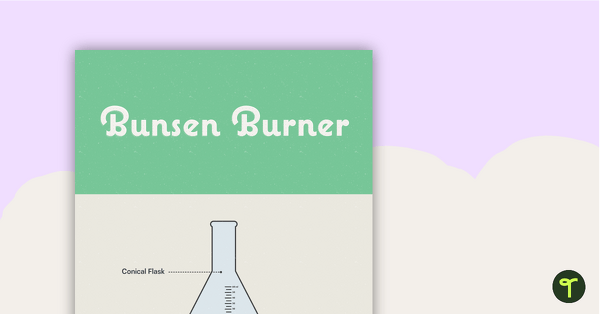
Bunsen Burner Poster – Diagram with Labels
A poster containing a diagram with labels showing the key parts of a Bunsen burner.
- Plus Plan
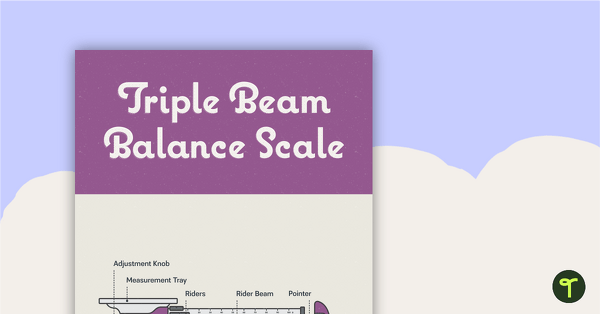
Triple Beam Balance Scale Poster – Diagram with Labels
A poster containing a diagram with labels showing the key parts of a triple beam balance scale.
- Plus Plan

Refracting Telescope Poster – Diagram with Labels
A poster containing a diagram with labels showing the key parts of a refracting telescope.
- Plus Plan

Thermometer Poster – Diagram with Labels
A poster containing a diagram with labels showing the key parts of a thermometer.
- Plus Plan
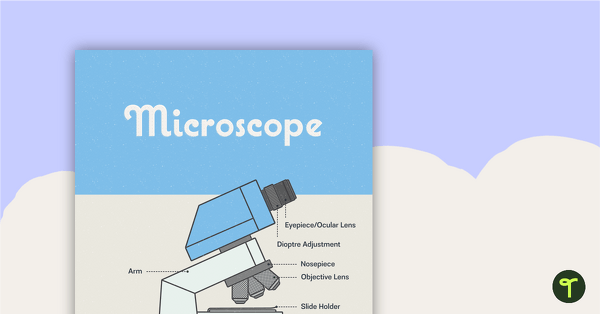
Microscope Poster – Diagram with Labels
A poster containing a diagram with labels showing the key parts of a microscope.
- Plus Plan
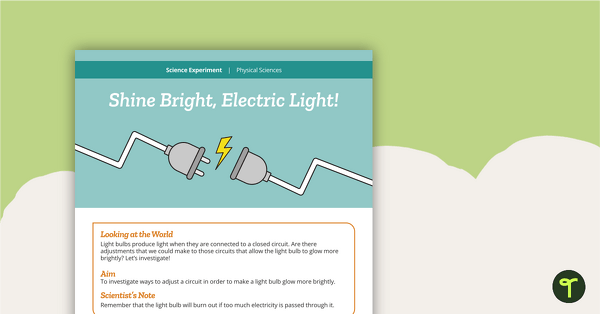
Science Experiment - Shine Bright, Electric Light!
A science experiment that investigates how changes to electrical circuits affects their components.
- Plus Plan
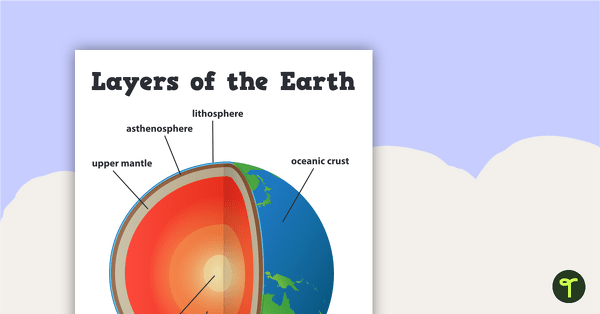
Layers of the Earth
An educational poster showing the structure of the Earth.
- Plus Plan
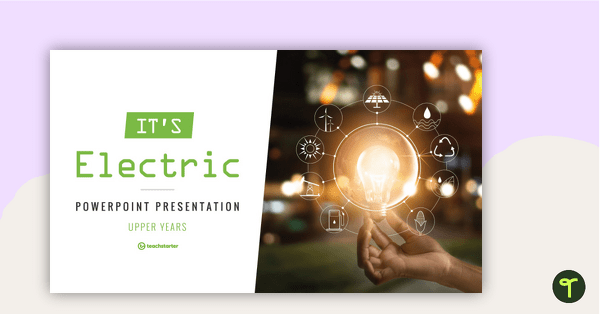
It's Electric! - PowerPoint Presentation
A 23 slide editable PowerPoint to use when teaching your students about electricity in Science.
- Free Plan
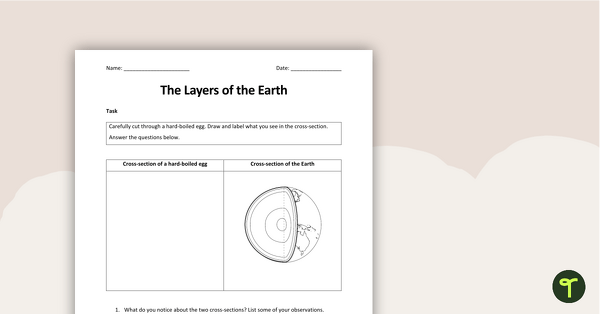
Layers of the Earth Worksheet
A worksheet to use when exploring the layers inside the Earth.
- Plus Plan
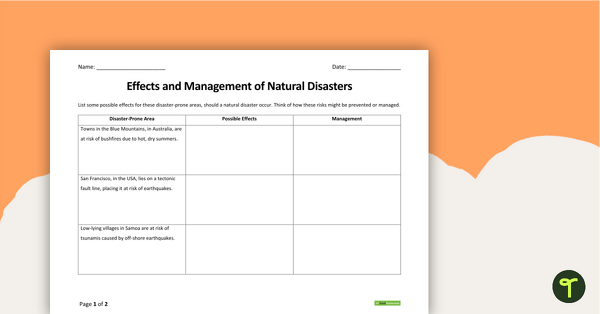
Natural Disasters Effects and Management Worksheet
An activity to use when exploring the potential effects of natural disasters, and how to manage these.
- Plus Plan
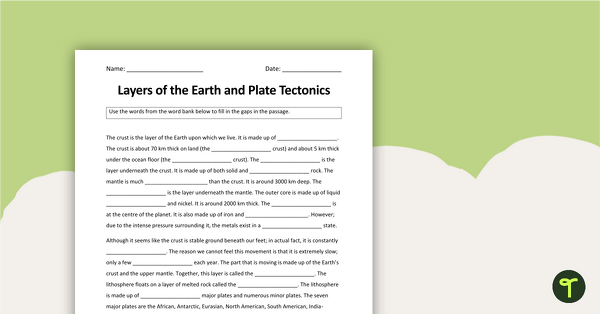
Plate Tectonics Cloze Activity
A cloze activity to use when learning about the layers of the Earth and plate tectonics.
- Plus Plan
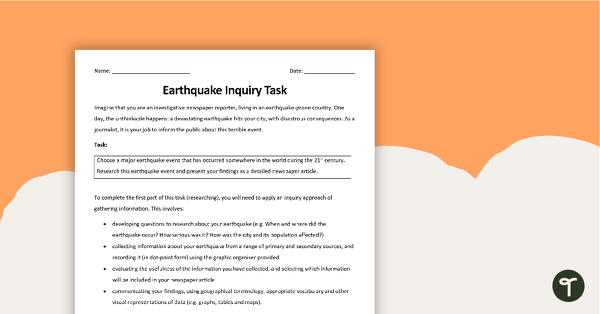
Earthquake Inquiry Task – Newspaper Report
An earthquake inquiry task with graphic organiser and newspaper article planning sheet.
- Plus Plan
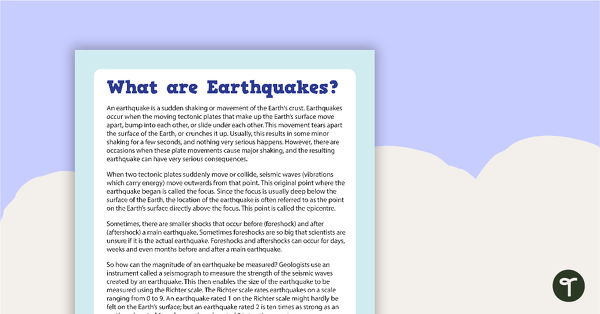
Comprehension - What are Earthquakes?
A comprehension activity about 'What are Earthquakes?'
- Free Plan
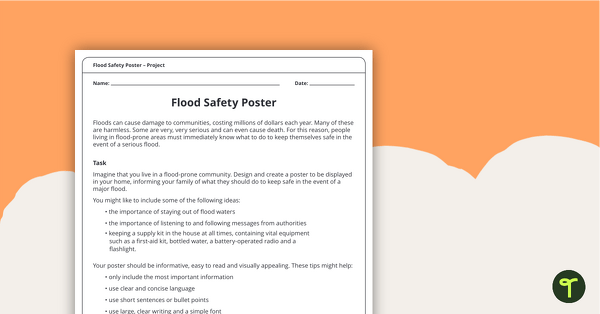
Flood Safety Poster - Design and Create Task
A design and create task for students to demonstrate their understanding of the impact of floods.
- Plus Plan
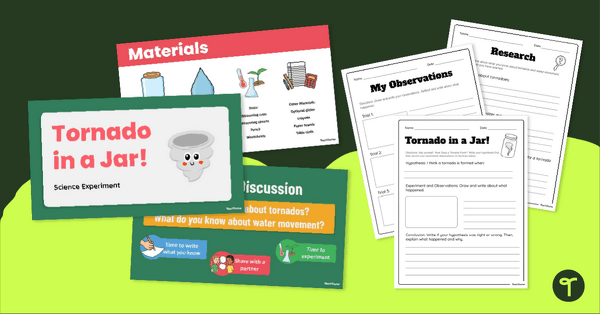
Tornado in a Jar Experiment
Create a Tornado in a Jar with an interactive science experiment slide deck and Tornado in a Jar Experiment Worksheet.
- Plus Plan
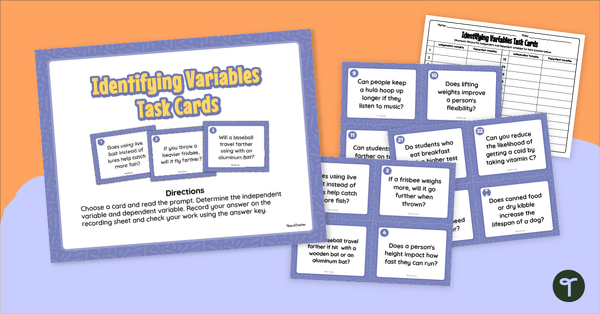
Independent Variable vs Dependent Variable Worksheet & Task Cards
- Plus Plan
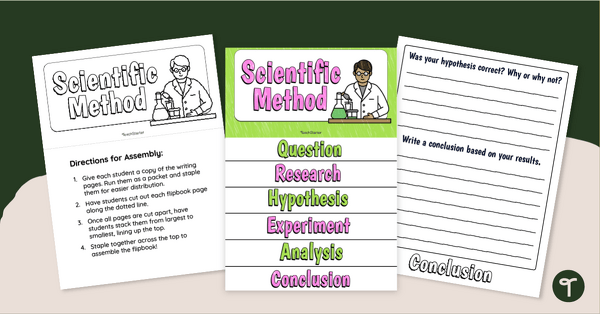
Scientific Method Flipbook Template
Create a Scientific Method Flipbook to record scientific predictions, observations, and conclusions with a printable science flip book template.
- Plus Plan
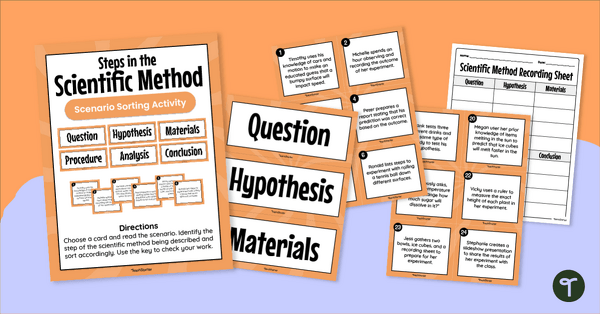
Scientific Investigation Scenarios - Sorting Activity
Analyse scientific investigation scenarios to determine which stage in the scientific method is being described with a printable Scientific Method Sorting Activity.
- Plus Plan
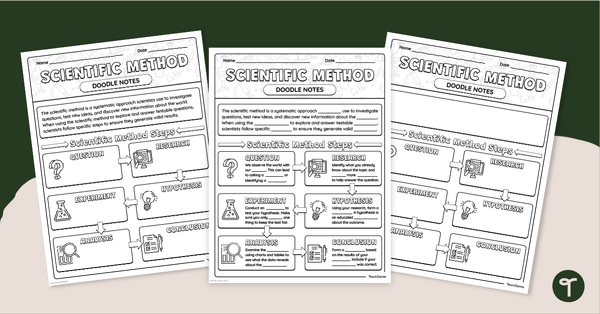
Differentiated Scientific Method Doodle Notes Templates
Use scientific method doodle notes to turn learning the scientific method into a meaningful note-taking session for students!
- Plus Plan
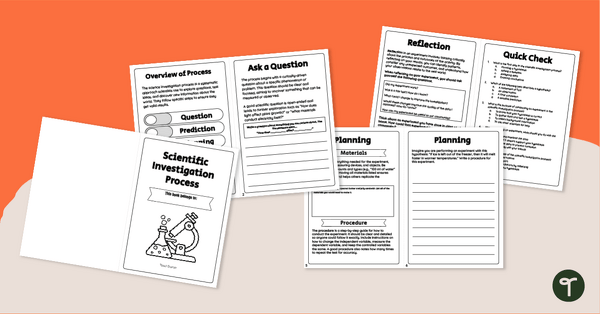
Scientific Investigation Process – Workbook
Print a Scientific Investigation Process Workbook to help your students learn and practice the steps in the scientific method.
- Plus Plan
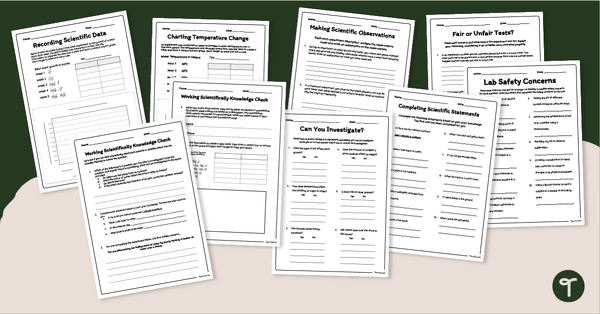
Working Scientifically - Skills for Science Inquiry Worksheet Pack
Improve your students' skills for science class with printable Scientific Inquiry Skills Worksheets.
- Plus Plan
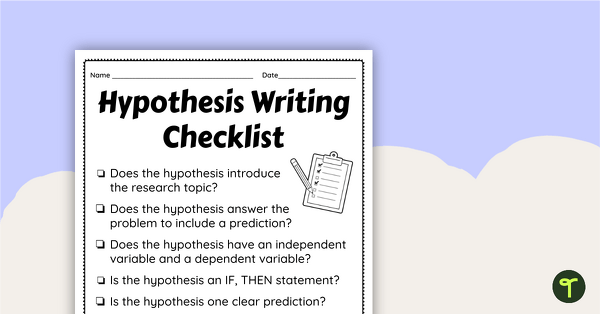
Scientific Hypothesis Writing Checklist
Use a Scientific Hypothesis Writing Checklist to help your students write clear and complete scientific hypotheses.
- Plus Plan
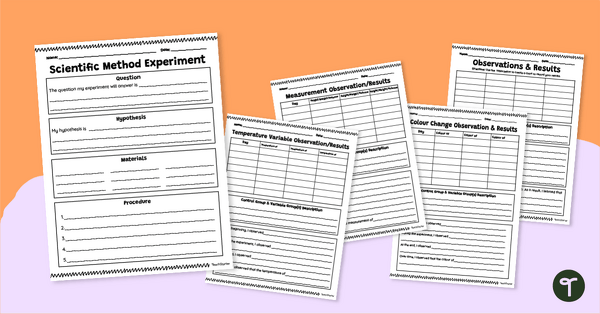
Science Investigation Worksheets - Experiment Data Collection Templates
Record scientific observations and results with a variety of ready-made science investigation worksheets.
- Plus Plan
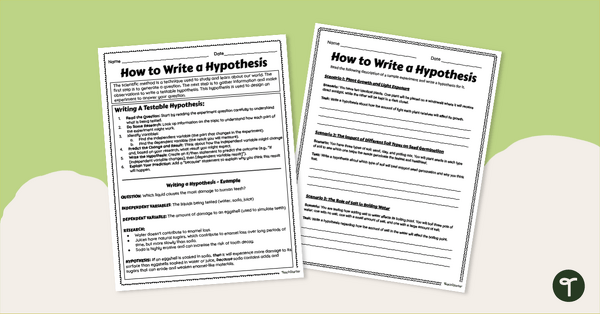
How to Write a Hypothesis Worksheet
Teach your students to write a hypothesis with a printable writing guide and a hypothesis-writing practice worksheet.
- Plus Plan
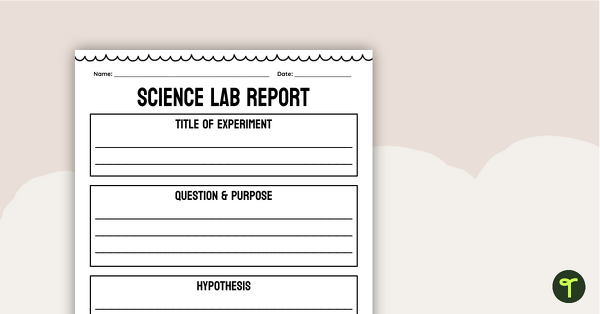
Science Lab Report Template
Use a Science Lab Report Template to help your students organise their findings in any scientific method lab experiment.
- Plus Plan

Biodiversity in a Habitat – Inquiry-Based Project
Use this biodiversity project to teach your students about the importance of species survival to life on Earth.
- Plus Plan
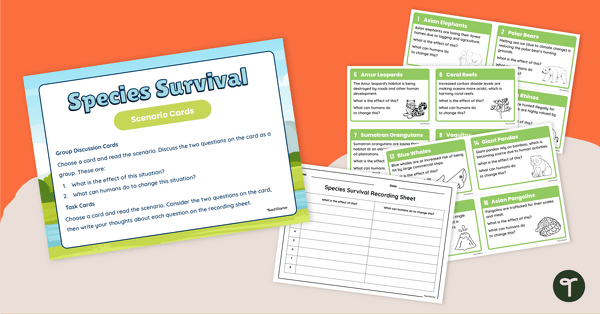
Species Survival Prediction Task Cards
Explore how to save endangered species during National Science Week 2024 with this set of 16 species survival scenario cards.
- Plus Plan
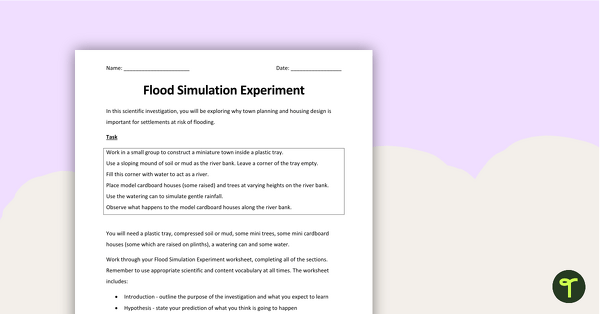
Natural Disasters - Flood Simulation Experiment
A hands-on experiment to use when exploring natural disasters.
- Plus Plan
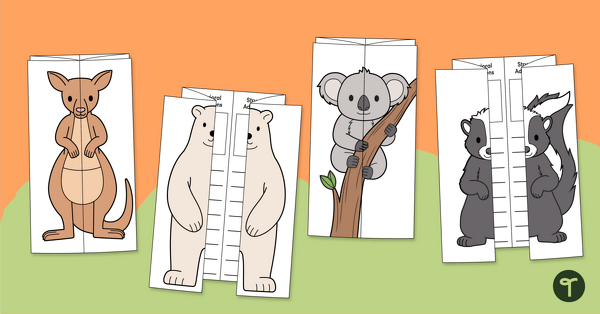
Animal Adaptations Foldables - Shutter Card Templates
Write and draw about the behavioural, structural, and physiological adaptations of animals from around the world with a set of fun printable shutter card templates.
- Plus Plan

Acquired or Inherited? Trait Sort
Identify the differences between acquired and inherited traits with an engaging picture sort for years 5 and 6.
- Plus Plan
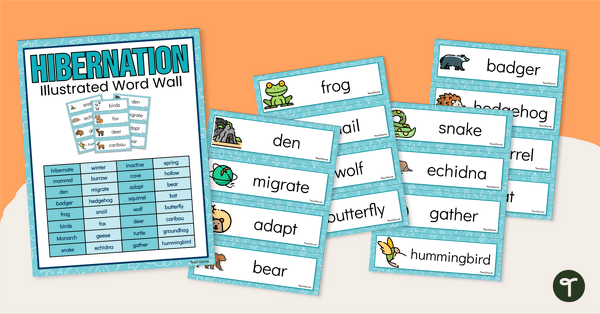
Hibernation Word Wall - Illustrated
Discover the world of hibernation-related vocabulary with an illustrated hibernating animals word wall display.
- Plus Plan
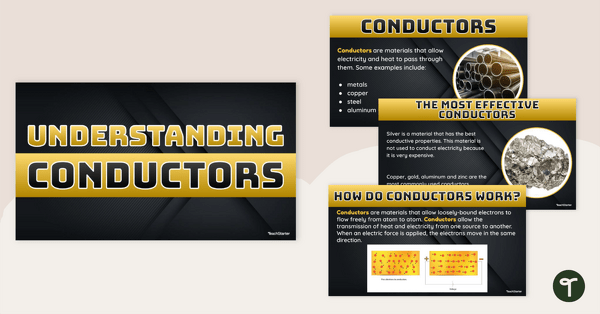
Understanding Conductors Teaching Slides
Teach your students about the basics of conductors with this 17-slide teaching presentation.